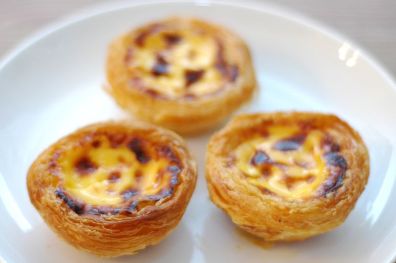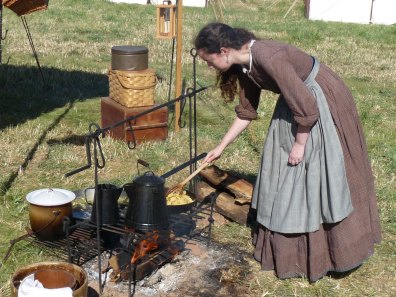Aloha! Looks like it’s time for a lil’ Tidbit Tuesday!
As you may (or may not) know, I spent most of last week at the ASFS/AFHVS 2013 Conference. It was titled “Toward Sustainable Foodscapes and Landscapes.”
Oooooh. Aaaaaah.
For me, the highlight was Ken Albala’s panel on Sephardic cuisine. In this context, he was talking about the actual definition of Sephardic Jews – Spanish Jews. The talk was amazing, but what inspired me was the introduction.
Ken has proposed a new way of researching food history and I think it’s brilliant.
Ken believes that we should begin studying not only cookbooks and texts, but existing immigrant cultures that have become living fossils of times long past. Wonderful nerd that I am, I recorded Ken’s panel. Here’s a bit from the beginning.
“Usually when you talk about immigrant cooking, you think about people adapting to local ingredients, changing their cooking techniques or flavor preferences and immigrant cuisines tend to evolve in ways that reflect the new setting, social and material. But sometimes exactly the opposite is the case, is when something gets stuck or stays exactly the same. And this is obviously, what I think, a marker of identity within a dominate culture, and immigrant cuisine, or actually more typically colonial cuisine, will consciously stop evolving, sticking as close as possible to the original recipes and dining customs long after they’ve changed completely sometimes back in the mother country. So what these cuisines constitute is a kind of rudiment or culinary fossil, if you will, that’s still very closely tied to the date of immigration. Distinct from the adopted culture and at this point, after centuries sometimes, distinct from the cooking in the country of origin which itself changes after time.
So what I propose here is the past can be study by looking through these culinary fossils.”
-Ken Albala
ASFS/AFHVS 2013 Conference
Panel: Food, Access and Ethnicity
Saturday, June 22 2013
Is your mind blown? Mine was.
Studying cultures in this way might give clues to details not in the cookbooks – how a meal was served, what the custom was surrounding the meal, cooking techniques, etc. It’s almost a way to live the history rather than just read about it.
How much more fun would it be to spend time within a community, learning about their culture as a way to study the past, than sitting with an old book trying to decipher meaning from it?
Well, that sounds pretty fun too, but you get my point.
Keep eating and asking, my friends.
Esther






